Quick! What’s the body’s biggest organ?
You might be surprised to find out it’s the skin, which you might not think of as an organ. No matter how you think of it, your skin is very important. It covers and protects everything inside your body. Without skin, people’s muscles, bones, and organs would be hanging out all over the place. Skin holds everything together. It also:
- protects our bodies
- helps keep our bodies at just the right temperature
- allows us to have the sense of touch
Don’t Miss Your Epidermis
The skin is made up of three layers, each with its own important parts. The layer on the outside is called the epidermis (say: eh-pih-dur-mis). The epidermis is the part of your skin you can see.
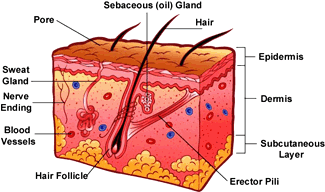
Look down at your hands for a minute. Even though you can’t see anything happening, your epidermis is hard at work. At the bottom of the epidermis, new skin cells are forming.
When the cells are ready, they start moving toward the top of your epidermis. This trip takes about 2 weeks to a month. As newer cells continue to move up, older cells near the top die and rise to the surface of your skin. What you see on your hands (and everywhere else on your body) are really dead skin cells.
Dermis = Lots of Blood Vessels
Your dermis is also full of tiny blood vessels. These keep your skin cells healthy by bringing them the oxygen and nutrients they need and by taking away waste. These blood vessels are hard to see in kids, but you might get a better look if you check out your grandparents’ skin. As the dermis gets older, it gets thinner and easier to see through.
The Third Layer Is Subcutaneous Fat
The third and bottom layer of the skin is called the subcutaneous (say: sub-kyoo-tay-nee-us) layer. It is made mostly of fat and helps your body stay warm and absorb shocks, like if you bang into something or fall down. The subcutaneous layer also helps hold your skin to all the tissues underneath it.
This layer is where you’ll find the start of hair, too. Each hair on your body grows out of a tiny tube in the skin called a follicle (say: fah-lih-kul). Every follicle has its roots way down in the subcutaneous layer and continues up through the dermis.
You have hair follicles all over your body, except on your lips, the palms of your hands, and the soles of your feet. And you have more hair follicles in some places than in others — there are more than 100,000 follicles on your head alone!
Your hair follicles rely on your sebaceous glands to bring on the shine. Connected to each follicle in the dermis layer is a tiny sebaceous gland that releases sebum onto the hair. This lightly coats the hair with oil, giving it some shine and a little waterproofing.
When you think of your hair, you probably think of the hair on your head. But there’s hair on almost every part of your body. (Some places that don’t have hair include the lips, the palms of the hands, and the soles of the feet.)
Some of the hair on your body is easy to see, like your eyebrows and the hair on your head, arms, and legs. But other hair, like that on your cheek, is almost invisible.
Depending on where it is, hair has different jobs. The hair on your head keeps your head warm and provides a little cushioning for your skull. Eyelashes protect your eyes by decreasing the amount of light and dust that go into them, and eyebrows protect your eyes from sweat dripping down from your forehead.
Hair Comes From Where?
Whether hair is growing out of your head, arm, or ankle, it all rises out of the skin in the same way. It starts at the hair root, a place beneath the skin where cells band together to form keratin (the protein that hair is made of). The root is inside a follicle (say: fol-ih-kul), which is like a small tube in the skin.
As the hair begins to grow, it pushes up from the root and out of the follicle, through the skin where it can be seen. Tiny blood vessels at the base of every follicle feed the hair root to keep it growing. But once the hair is at the skin’s surface, the cells within the strand of hair aren’t alive anymore. The hair you see on every part of your body contains dead cells. That’s why it doesn’t cause pain when someone cuts your hair with scissors!
Nearly every hair follicle is attached to a sebaceous (say: sih-bay-shus) gland, which is sometimes called an oil gland. These sebaceous glands produce oil, which makes the hair shiny and a bit waterproof. Sometimes, like during puberty, these glands can pump out too much oil and a person’s hair may look greasy. Time for a shampoo!!
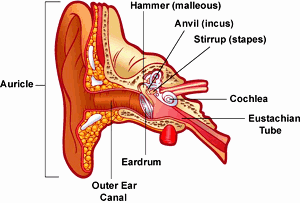 Your ears are in charge of collecting sounds, processing them, and sending sound signals to your brain. And that’s not all — your ears also help you keep your balance. So if you bend over to pick up your cat, you won’t fall down — or even worse — fall on your cat. Meow!
Your ears are in charge of collecting sounds, processing them, and sending sound signals to your brain. And that’s not all — your ears also help you keep your balance. So if you bend over to pick up your cat, you won’t fall down — or even worse — fall on your cat. Meow!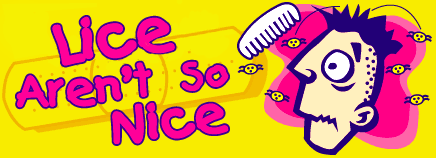
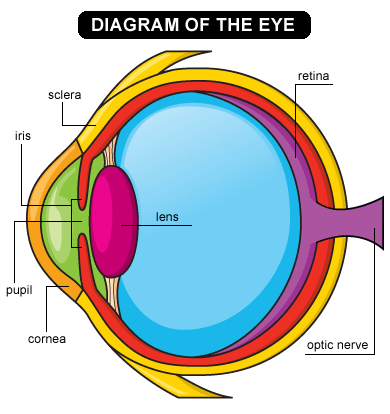

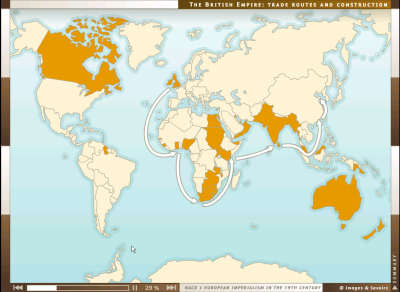
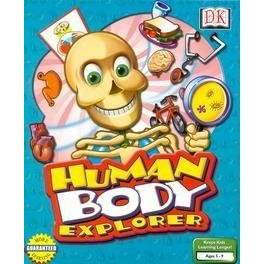

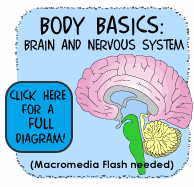
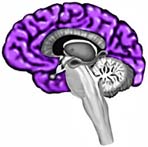 The biggest part of the brain is the cerebrum. The cerebrum makes up 85% of the brain’s weight, and it’s easy to see why. The cerebrum is the thinking part of the brain and it controls your voluntary muscles — the ones that move when you want them to. So you can’t dance — or kick a soccer ball — without your cerebrum.
The biggest part of the brain is the cerebrum. The cerebrum makes up 85% of the brain’s weight, and it’s easy to see why. The cerebrum is the thinking part of the brain and it controls your voluntary muscles — the ones that move when you want them to. So you can’t dance — or kick a soccer ball — without your cerebrum.

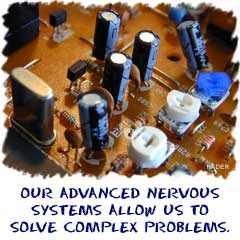 Since you’re reading this page, we figure you’ve got a nervous system. If you were an insect you would also have a nervous system, but it would be a lot simpler. Even animals that don’t think have simple nervous systems called nerve nets that help them move.
Since you’re reading this page, we figure you’ve got a nervous system. If you were an insect you would also have a nervous system, but it would be a lot simpler. Even animals that don’t think have simple nervous systems called nerve nets that help them move. 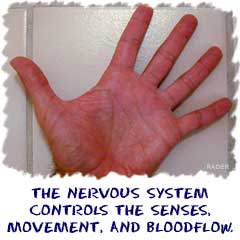 The nervous system also senses activity inside of your body. Most of the nervous system response inside of your body is not in your control. Your body automatically senses and reacts to stimulus. Think about eating your lunch. As you eat, your nervous system triggers the start of digestion and release of many hormones and enzymes throughout your body.
The nervous system also senses activity inside of your body. Most of the nervous system response inside of your body is not in your control. Your body automatically senses and reacts to stimulus. Think about eating your lunch. As you eat, your nervous system triggers the start of digestion and release of many hormones and enzymes throughout your body. 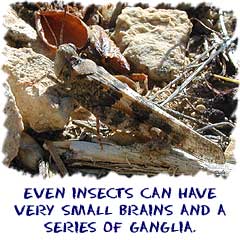 The nervous system is made up of nervous tissues that are, in turn, made up of many types of neurons. There are billions of neurons connected throughout your body. These neurons are connected end to end and transmit electrical impulses from one point to another.
The nervous system is made up of nervous tissues that are, in turn, made up of many types of neurons. There are billions of neurons connected throughout your body. These neurons are connected end to end and transmit electrical impulses from one point to another. 

 Your respiratory system is all about exchanging gases with the environment. Some animals such as amphibians are able to exchange gases through their moist skin. Fish have gills while mammals, birds, and reptiles have lungs. Your respiratory system is made of your nose and mouth, a tube called the pharynx, another tube called the trachea, and your lungs. You have two lungs and the exchange of gases between the circulatory and respiratory systems happens in the lungs.
Your respiratory system is all about exchanging gases with the environment. Some animals such as amphibians are able to exchange gases through their moist skin. Fish have gills while mammals, birds, and reptiles have lungs. Your respiratory system is made of your nose and mouth, a tube called the pharynx, another tube called the trachea, and your lungs. You have two lungs and the exchange of gases between the circulatory and respiratory systems happens in the lungs.  We already mentioned the circulatory system. With gases like oxygen and carbon dioxide (CO2), other compounds can be brought into the body by the respiratory system. Smoke can clog the alveoli in your lungs. You can inhale viruses and bacteria that could get you sick. You can also take in larger chemical compounds that can poison your body. All of these compounds can enter your blood stream via your respiratory system.
We already mentioned the circulatory system. With gases like oxygen and carbon dioxide (CO2), other compounds can be brought into the body by the respiratory system. Smoke can clog the alveoli in your lungs. You can inhale viruses and bacteria that could get you sick. You can also take in larger chemical compounds that can poison your body. All of these compounds can enter your blood stream via your respiratory system. 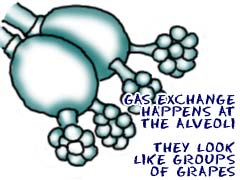 What can go wrong with your respiratory system? So many things can go wrong with this system. It is very vulnerable to both toxins and diseases. Some diseases such as pneumonia can cause your lungs to fill with fluid and you are no longer able to take in enough oxygen for your body.
What can go wrong with your respiratory system? So many things can go wrong with this system. It is very vulnerable to both toxins and diseases. Some diseases such as pneumonia can cause your lungs to fill with fluid and you are no longer able to take in enough oxygen for your body. 
